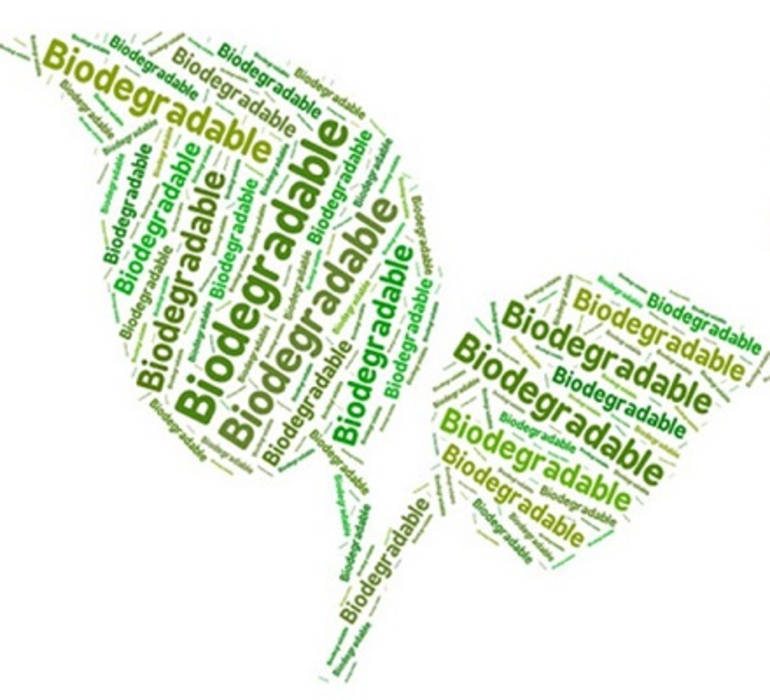Measuring biodegradability potential
Measuring biodegradability potential is an analytical technique used to determine the capacity of a material to be degraded by micro-organisms under specific conditions.
This technique involves measuring the amount of oxygen required to degrade an organic material under controlled conditions, in the presence of decomposer organisms such as bacteria or fungi. The micro-organisms use oxygen to degrade the organic material, which makes it possible to measure the rate of biodegradation.
There are several methods for measuring biodegradability potential, such as the biochemical oxygen demand (BOD) method, the chemical oxygen demand (COD) method, the biodegradable carbon method (BDOC), the respirometry method, etc. These methods are used to measure the amount of oxygen consumed by micro-organisms during the degradation of organic material.
Measuring biodegradability potential is important for assessing the environmental sustainability of materials and products, particularly those intended for biological disposal, such as organic waste, compostable packaging, biodegradable chemicals, etc.
